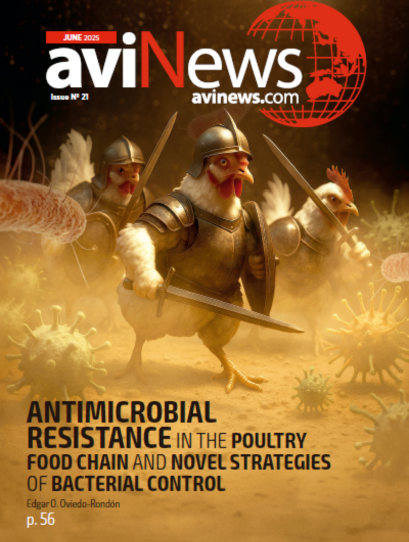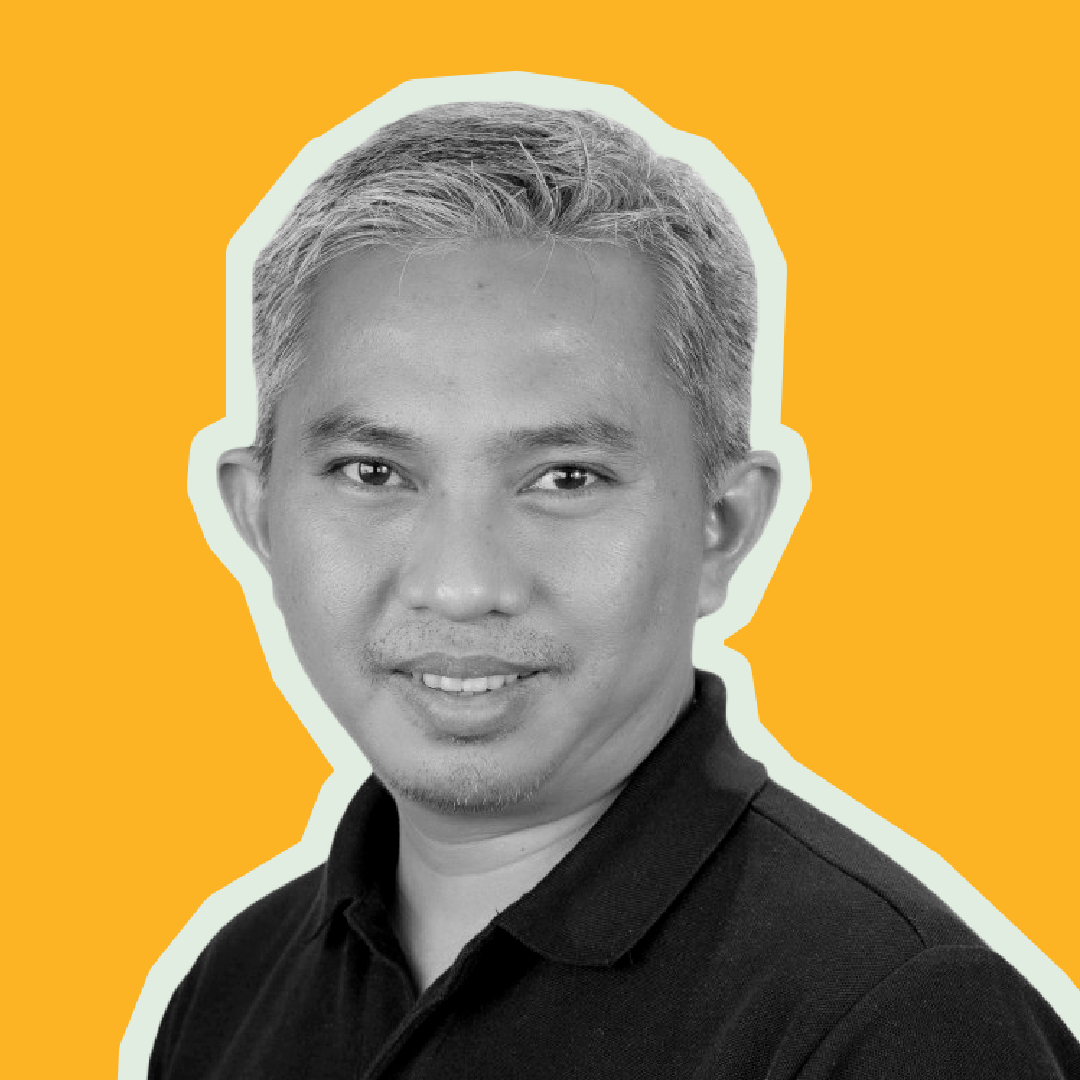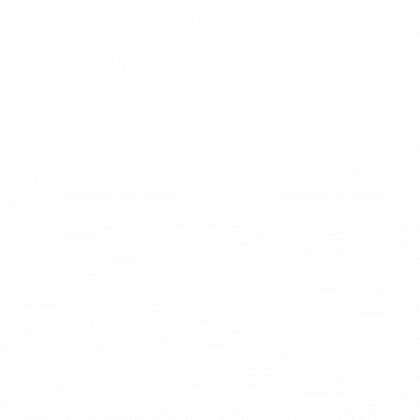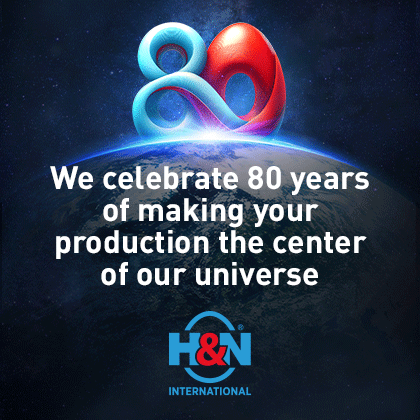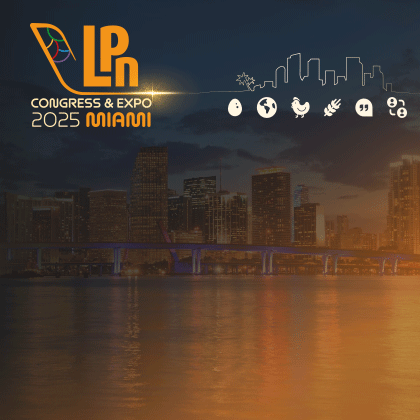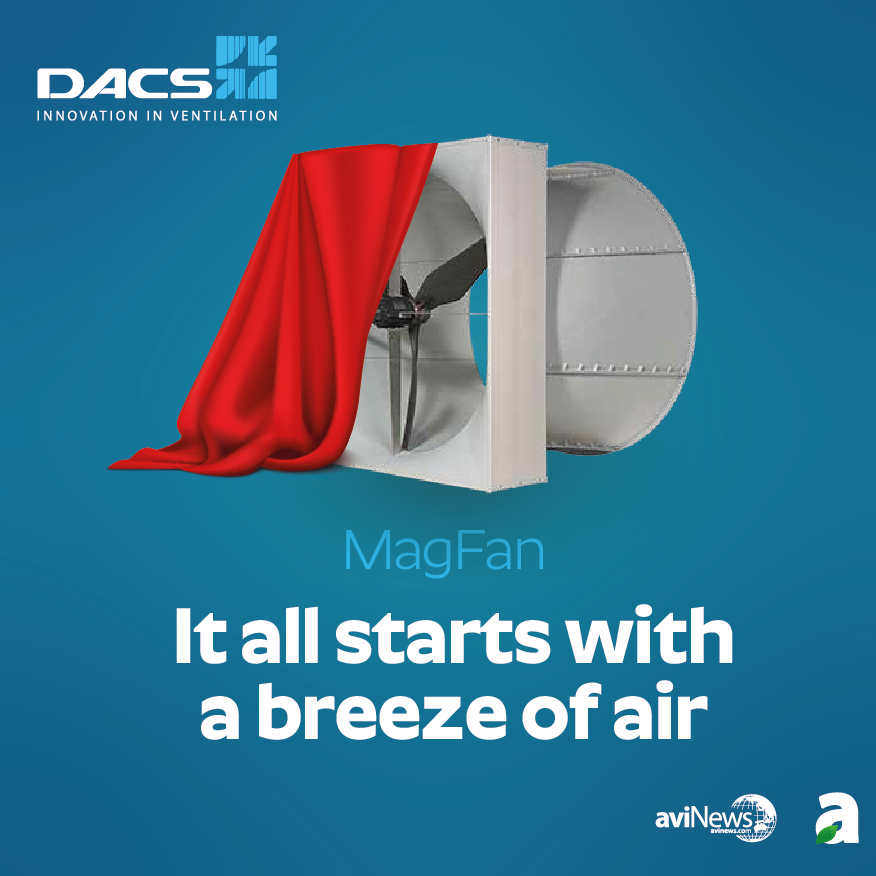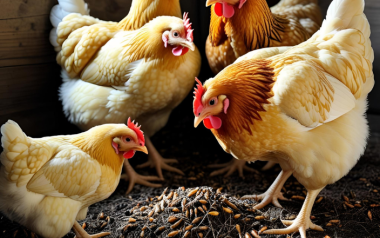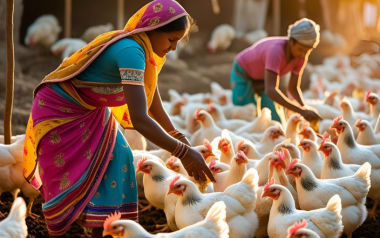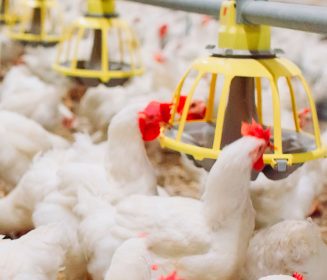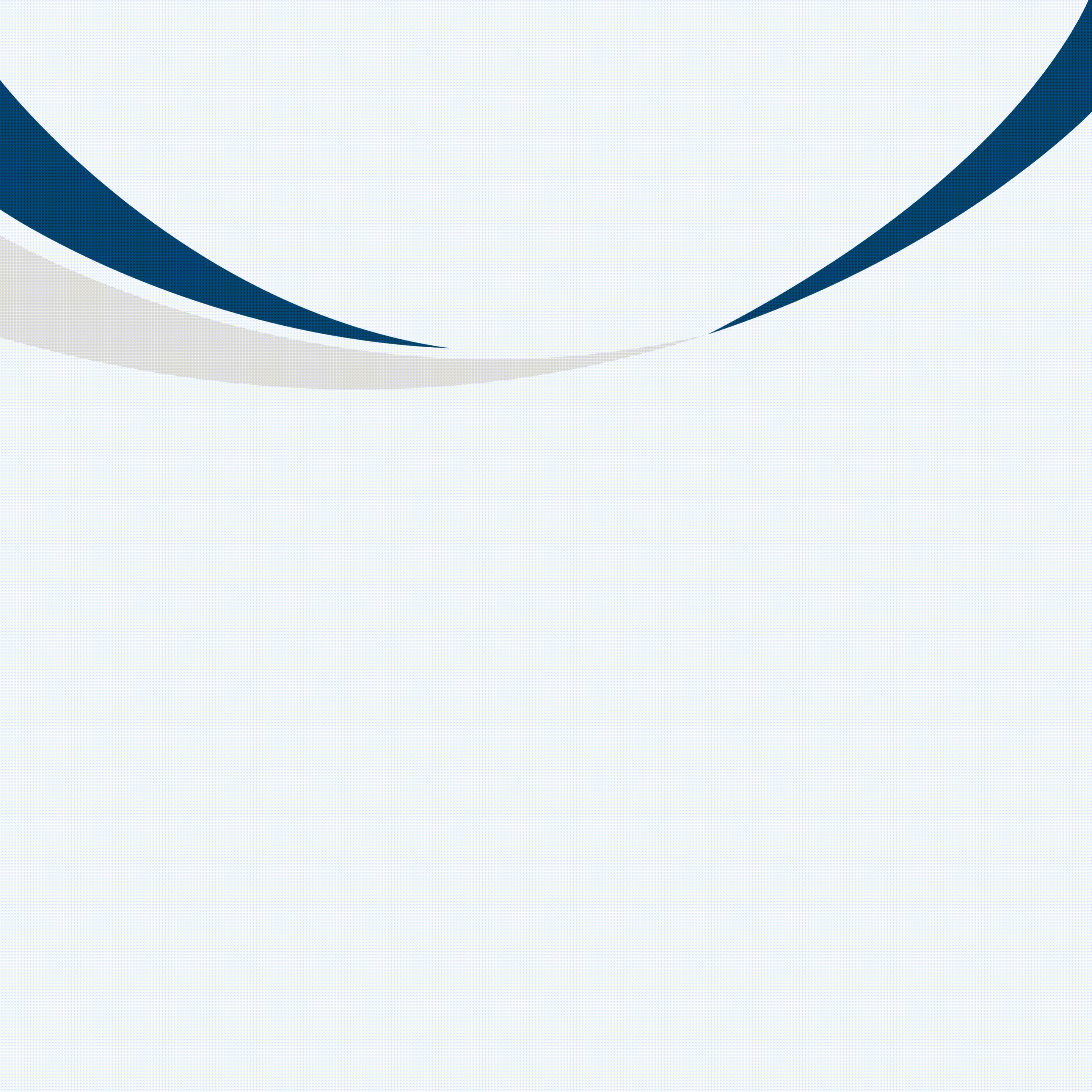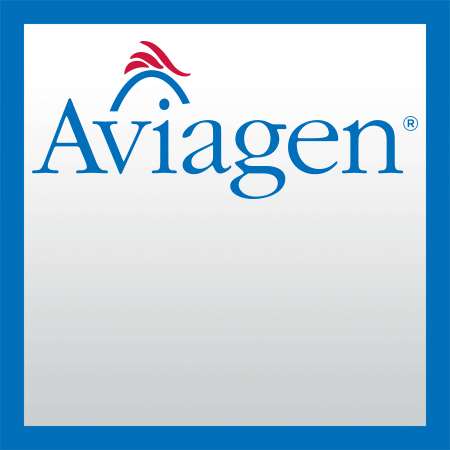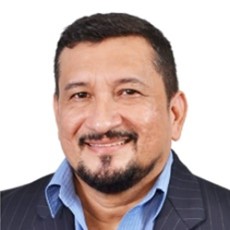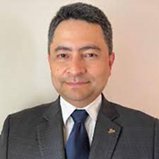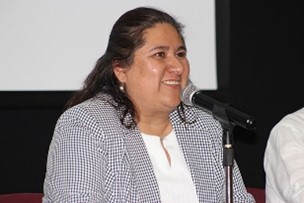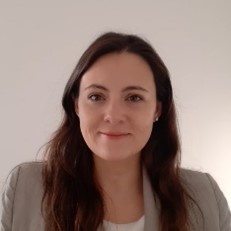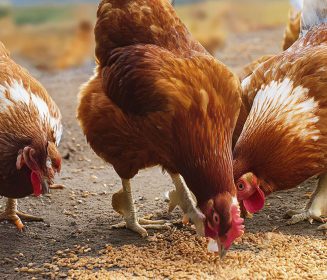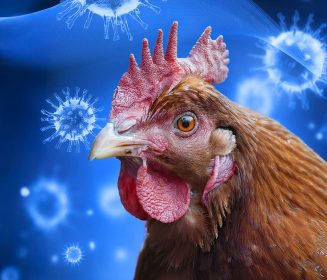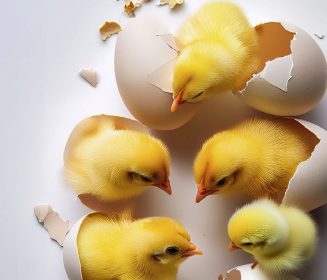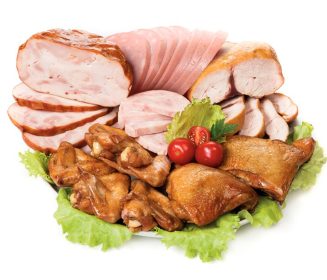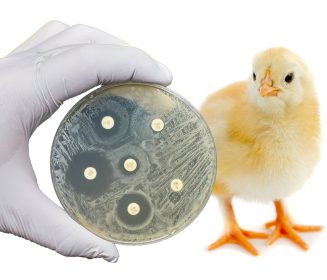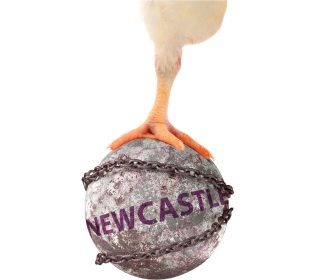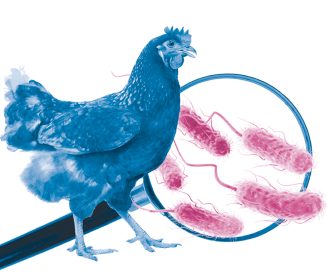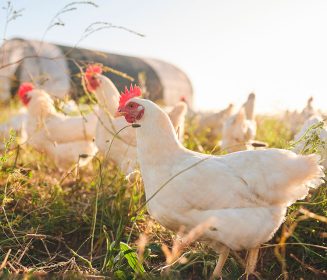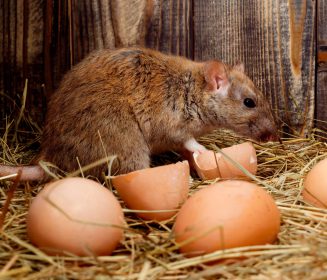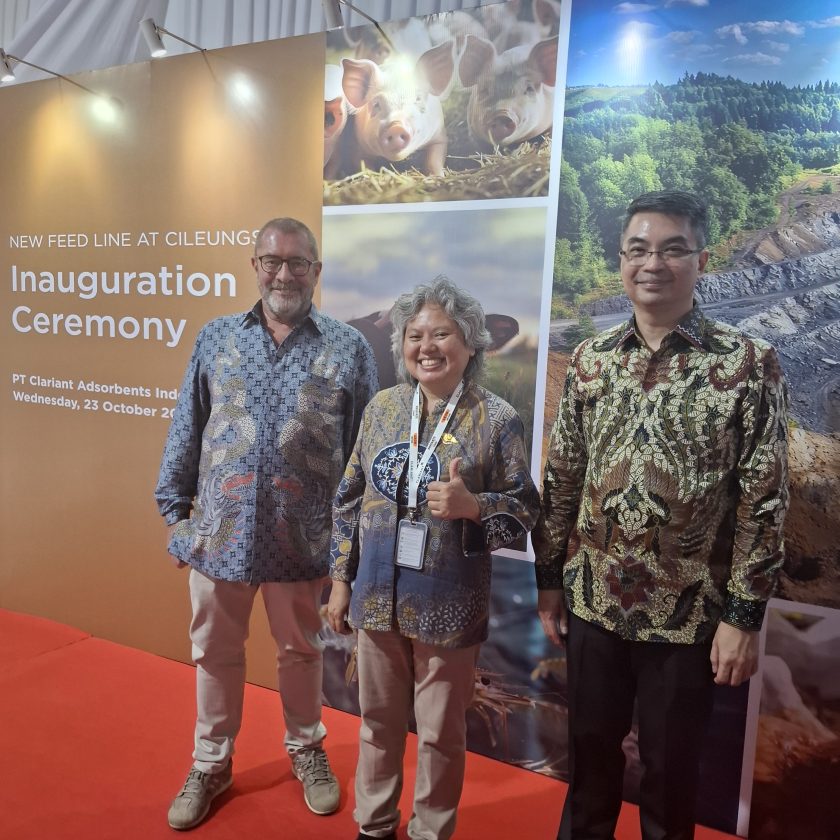
27 Apr 2025
New toxin binder production line inaugurated in Indonesia
This production line is aimed to support the development of Asia Pacific’s livestock industry.
Available in other languages:
Content available at:
Indonesia (Indonesian)
Specialty chemical leader Clariant recently inaugurated its new feed additive line located at its Cileungsi production facility in West Java, Indonesia.
This production line is aimed to support the development of Asia Pacific’s livestock industry, respond growing demand from the region, and provide faster shipment and better services to customers in the region.
The company’s toxin binder series, which were previously produced in Germany, starting October 2024, are produced at the new facility using locally sourced clay.
“This strategic localization is aligned with our commitment to addressing key challenges in the industry and supporting sustainable agriculture. People and planet are always our big slogan,” stated Hans Gert Herrel, Country Head of Clariant Indonesia.
Pandu Wibowo, Head of Sales for Asia Pacific of Clariant Purification Solutions, expressed his excitement about the launch of the new feed additive line.
“The state-of-the-art production line is a game changer as it enables us to deliver innovative and valuable solutions to the livestock industry and key players across the value chain for the Asia Pacific’s market,” Mr Wibowo said.
Continue after advertising.

From left, Gert Herrel, Erika Kusuma Wardani, and Pandu Wibowo.
Top quality feed additives
Erika Kusuma Wardani, Clariant’s Regional Manager Feed Business for Asia Pacific, ensures feed additives produced from the new line in Indonesia are of top quality as the line is not only advanced in technology, but also in standards of production and/or processing.
“We use the technology from Germany while the production process is according to standards of Good Manufacturing Practices. As a proof of quality also, the line has been certified with the Good Veterinary Drugs Manufacturing Practices (CPOHB) from Indonesia’s Agriculture Ministry,” Ms Wardani told aviNews Asia.
To gain higher trust from existing and potential customers, she revealed the company is in the process of obtaining the FAMI-QS certification (global quality and feed safety management system for speciality feed ingredients) and targets to receive the certification in 2025.
Besides producing Toxisorb Classic, Toxisorb Premium, Terrana 312, Terrana 313, and Terrana 317, the company also offers clays as raw materials for toxin binder, ammonia binder, vibrio binder for aquaculture, drying powder for piglets, and solution for wet dropping in poultry.
All these feed additives are available directly to livestock producers and feedmillers and through Clariant’s distributors spread in Asia Pacific.
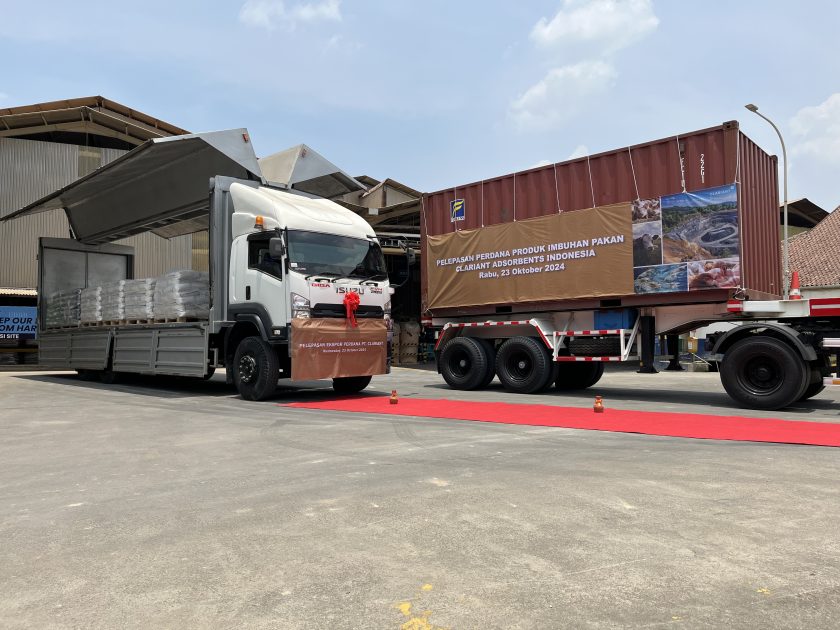
Releasing a container of feed additives to be exported to Vietnam during the inauguration
Improving animal health and food safety
Mycotoxins are a significant challenge to the region’s livestock industry, leading to reduced livestock performances and economic losses for livestock producers.
By effectively binding both polar and non-polar mycotoxins and mitigating negative effects of these mycotoxins, Clariant’s Toxisorb and Terrana series help improve overall livestock’s health and performance and producers’ profitability.
This initiative is a response to the immediate challenges in the livestock sector, which aligns with United Nations’ sustainable development goals for zero hunger and good health and well-being.
By improving animal health and food safety, Clariant contributes to increasing the availability of affordable protein sources, such as chicken meat and eggs, particularly in emerging markets.
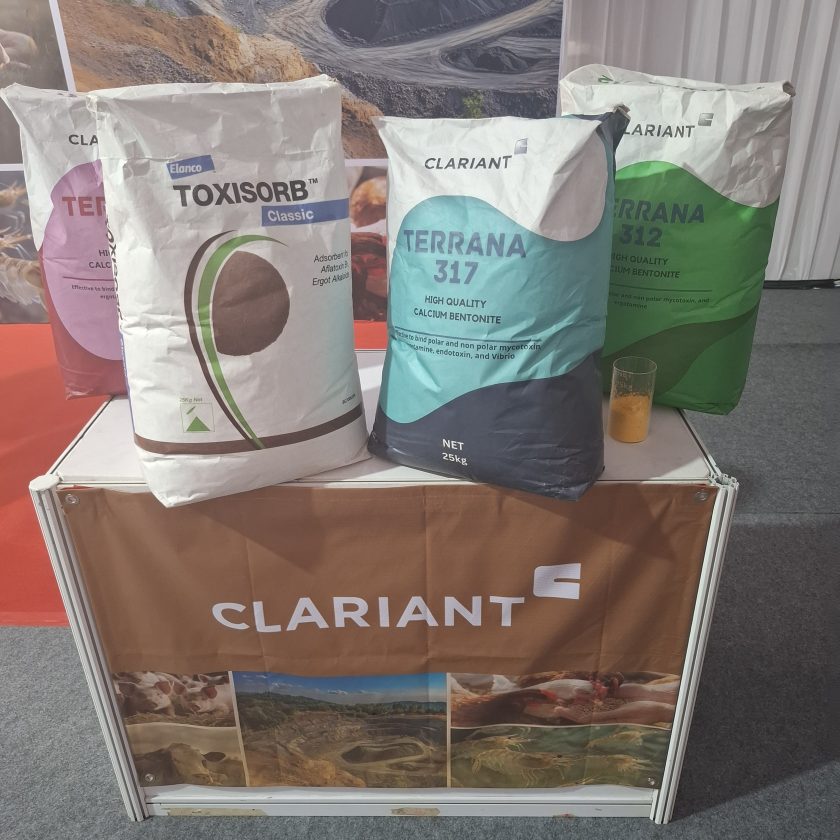
Effective mycotoxin binder
Including clay in poultry feed could alleviate the negative effects of multi mycotoxin contamination and reduce the toxin residues in animal products, according to the results of the study by Ika Sumantri, an expert from the Mycotoxin Research Group of Indonesia’s Gadjah Mada University and his team.
In in-vivo trials, he assessed different clay-based toxin binders in poultry feed exposed to multi mycotoxins (AFB1, OTA, and T2).
In layers, Dr Sumantri observed the egg production, hematology, histomorphology of the liver and intestine, mycotoxin residues in eggs, pathology of internal organs, and egg quality.
Meanwhile, in broilers, the variables observed were bodyweight, feed efficiency, hematology, histomorphology of liver and intestine, mycotoxin residues in eggs, and pathology of internal organs.
He found that Clariant’s Toxisorb Premium (kerolite-saponite) and Clariant’s Terrana 113 (Ca bentonite) resulted in better feed efficiencies in layers and broilers, respectively. These two mycotoxin binders also showed abilities to reduce digestive (small intestine) atrophy.
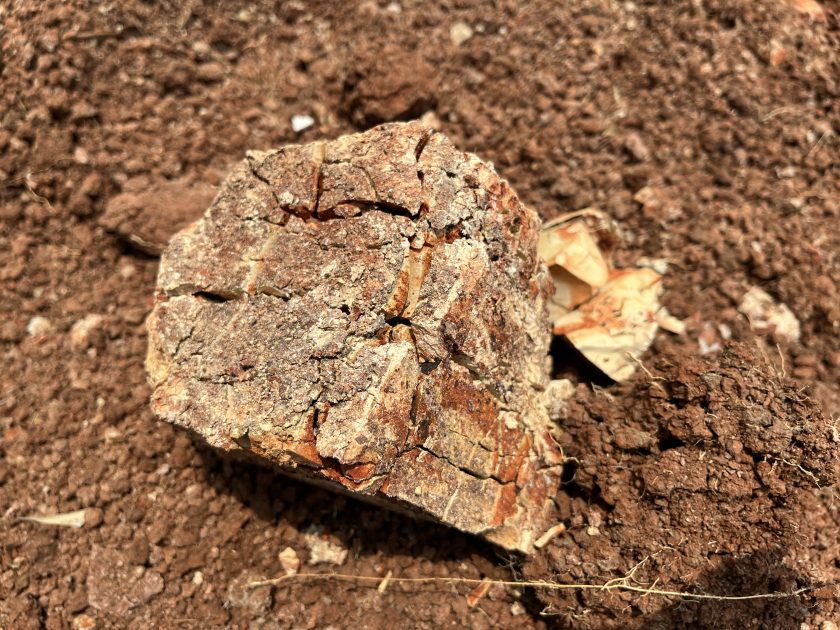
A sample of clay mined by Clariant in Indonesia
Not all clays are the same
Ms Wardani stressed that not all clays are the same. Where they are mined, the way they are mined, and the production process determine the quality of a clay-based mycotoxin binder.
She then mentioned five parameters to determine the quality:
- specific surface area – wider surface area means stronger binding activity,
- microphore volume – the bigger the better,
- average pore diameter – the smaller the better (higher density),
- cation exchange capacity – the higher the capacity, the higher possibility to bind nutrients, and
- binding efficiency (the subtraction of the percentage of adsorption and percentage of desorption) – the higher the better.
“Not all mycotoxins are the same. So, they need specific toxin binders to bind,” said Ms Wardani.
For instance, Toxisorb Classic interacts with the polar groups in the mycotoxin molecule, so the binder performs with the small-sized, hydrophilic AFB1 and ergotamine.
Meanwhile, Toxisorb Premium interacts with the polar and the non-polar groups in the mycotoxin molecule, so even big toxins with hydrophobic groups like fumonisin can easily attach to the binder. Additionally, this premium one binds endotoxins.
“Important to mention is that the Toxisorb range doesn’t absorb vitamins and minerals and other important nutrients. So, it is worry-free for nutritionists,” Ms Wardani emphasized.
An extra benefit of choosing Clariant’s products is the laboratory services. “In Indonesia, we have a dedicated laboratory for in-house testing,” she added.
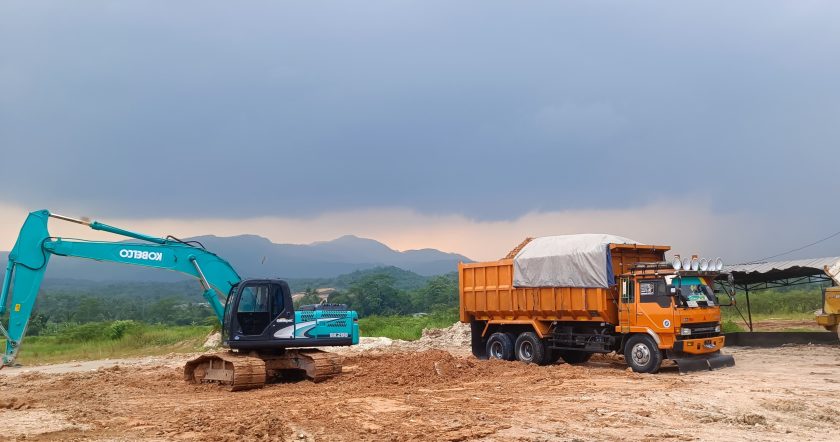
A clay mining location of Clariant in Indonesia
Customized solutions
Having its own clay mining sites and production facilities in different locations around the world, Clariant not only offers clay-based mycotoxin binders but also customized solutions for different problems in poultry.
Ms Wardani said wet droppings and litter ammonia are two problems that can be solved using clay.
“For wet droppings, we need a clay with high water absorption capacity. To find this type of clay, we ask our geologists. Once selected, we will test its capacity, then develop it into a commercial product,” she explained.
“The same applies to selecting, testing, and developing a clay-based product that can absorb litter ammonia. For this, we need a clay that can absorb gas.”
Ms Wardani said by offering customization, the company aims to help poultry producers address specific problems on the farm.

